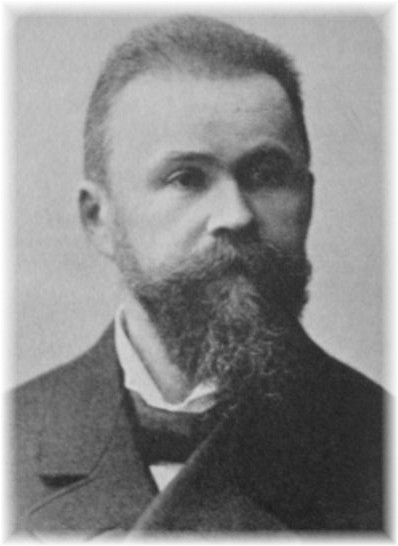The human brain has cerebral hemispheres. Those cerebral hemispheres are divided exactly through the middle of the brain into the right hemisphere and the left hemisphere.
The right and left sides of the brain are in charge of different functions. The right side is like an image processor, responsible for spatial skills, face identification, visual descriptions and music. It also deals with emotions, creativity, intuition, and trust. The right side deals with subconscious thought too. On the other hand, the left side is more logical since it deals with numbers and words. It makes human beings be more analytic and rational.
The corpus callosum is a thick band of fibers located between the right hemisphere and the left hemisphere of the brain. It connects them and allows both sides to share information.
Paul Broca was a French neurologist, surgeon and anthropologist who discovered “Broca’s Area”. He observed and studied the brain of aphasic patients, which are people who cannot talk at all. It all started at the Bicetre Hospital with a patient named “Tan”. Broca performed surgeries on Tan´s brain in order to examine it well. Through these examinations Broca realized that Tan had a lesion in the left frontal lobe, or left inferior frontal gyrus. This part of the brain was soon considered the center of speech of the brain, and now a days “Broca´s Area”.
Roger Sperry was a famous neuropsychologist and neurobiologist who won the Nobel Prize in Medicine with his “split-brain” studies back in 1981. Sperry studied patients who had a split brain with the corpus callosum cut off. He would put them in front of a screen. There were some objects behind the screen. The patient would look in the middle of the screen. Then a word would appear on the screen, in the left side of the patient´s visual field. The information had to be received by the non-verbal right hemisphere of the brain, making the patient not capable of telling what they saw. The patient was later asked to pick out an object from behind the screen with his left hand that corresponded with the word formerly flashed on the screen. Since the right hemisphere controls all of the movements of the left side of the body, the patient´s left hand was able to pick up the corresponding object, even if the patient was oblivious that he or she saw the word on the screen. This study made Sperry comprehend that the left side of the brain controls reading and speech, when the right side can´t process verbal stimuli.
Carl Wernicke was a German physician, anatomist, psychiatrist and neuropathologist that came up with “Wernicke´s Area”. He studied a patient that suffered a stroke. The man could speak, but had trouble with hearing since he hardly understood what was told to him. He was not able understand written words neither. After the patient died, Carl examined his brain and noticed there was injury on the parietal region of the left hemisphere of the brain. Wernicke concluded that this part of the brain was involved in speech comprehension. He named this syndrome “Sensory Aphasia”, which nowadays is known as “Wernicke´s Aphasia”. The part of the brain affected in this syndrome is known as “Wernicke´s Area”.
The occipital lobe is responsible for vision.
The Temporal Lobe is responsible for hearing and language.
The Frontal Lobe is responsible for performing math calculations. It´s also responsible for judgment reasoning, and impulse control.
WORKS CITED:
Alic, Margaret. “Carl Wernicke.” http://findarticles.com/p/articles/mi_g2699/is_0006/ai_2699000652/ . September 25, 2010.
“Corpus Callosum.” http://biology.about.com/library/organs/brain/blcorpus.htm . September 25, 2010.
Nick K. “How to grow a better brain.” http://library.thinkquest.org/J002391/functions.html . September 25, 2010.
“One Brain... or Two.” http://faculty.washington.edu/chudler/split.html . September 25, 2010.
“Roger Sperry and Split Brain.” http://scienceray.com/philosophy-of-science/roger-sperry-and-split-brain/ . September 25, 2010.
Teter, Theresa. “Pierre-Paul Broca.” http://www.muskingum.edu/~psych/psycweb/history/broca.htm . September 25, 2010.
“The Difference Between Left And Right Thinking And Why It Matters.” http://www.virtual.co.nz/index.php/StrategicSnippets/TheDifferenceBetweenLeftAndRightBrainThinkingAndWhyItMatters . September 25, 2010.






No hay comentarios:
Publicar un comentario